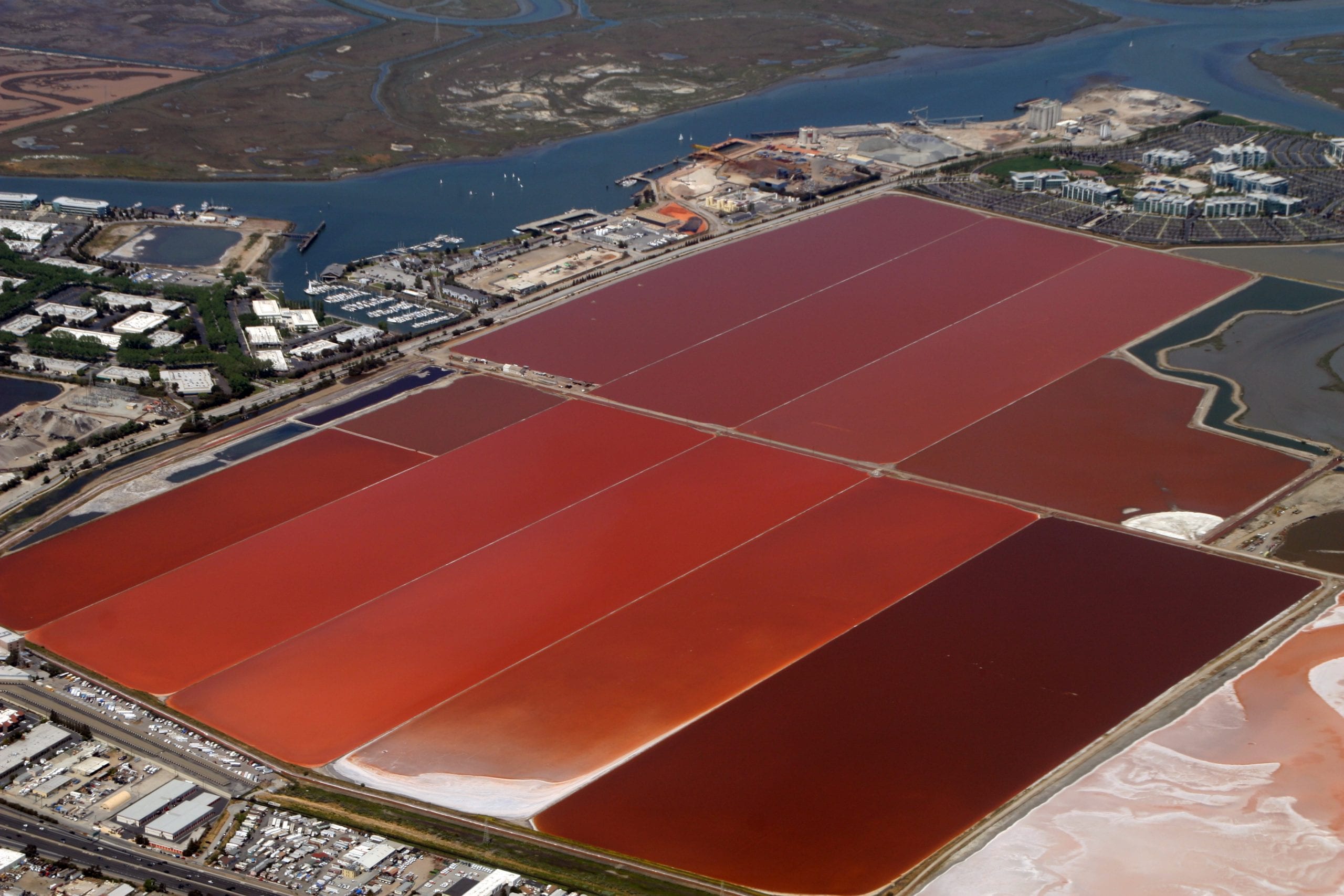What do the San Francisco Bay, the Dead Sea and the Great Salt Lake in Utah have in common? Water, obviously. But inside each of these water bodies resides a special organism called halobacterium. And if you think halobacterium is a type of bacteria, you may be surprised to find that you are wrong.
Now, you may ask ‘Why would you call something “bacterium†if it's not bacteria?'. This is a completely valid question. As a microbiologist, I'll shamefully admit I had no idea why they are called that. It wasn't until I had to give a presentation about this organism that I learned the interesting history behind its name and the amazing things it is used for.
Until 1976, scientists classified life into two main lineages: prokaryotes, which are more primitive and simple in their cell composition, and eukaryotes, with a more complex cell structure. Based on that classification, Halobacterium was originally classified among bacteria, hence the name. However, in 1977 famous microbiologist Carl Woese introduced a new lineage to the tree of life: archaea. Halobacterium was then determined to be an archaeon and not a bacterium, but the original name remained in use for practical purposes.
While the history of its name is noteworthy, it isn't the only interesting thing about Halobacterium. It is an extreme halophilic (salt-loving) organism, which means it thrives in environments with high salts. Many other lifeforms would simply fail to survive. But, Halobacterium is not just a hardy organism. In fact, if you have ever seen a picture online of pink or purple lakes, Halobacterium is most likely involved in giving these bodies of water their distinct colors. The color is due to a pigment they have in their cells, called bacterioruberin.

Additionally, Halobacterium is very tolerant to radiation. This is due to having a very efficient DNA repair system. Scientists studying this organism fragmented its DNA with UV radiation and found that Halobacterium was able to repair its entire chromosome within hours.This impressive feat drew the attention of an unlikely party: NASA. Since astronauts are exposed to interplanetary radiation, the DNA in their cells can be damaged. NASA used Halobacterium, among other organisms that survive extreme conditions, to understand how they protect themselves from radiation and to look for ways to protect astronauts from radiation damage during their missions.
Being a hardy organism, some researchers have even suggested Halobacterium as a model organism for astrobiology. Scientist can use it as an example of organisms that can survive on Mars and an aid in finding extraterrestrial lifeforms.

In addition to space applications, Halobacterium has other earth-bound applications. Halobacterium has a special protein in their cells called bacteriorhodopsin. This protein resembles a pigment found in the retina of vertebrates, called rhodopsin. In Halobacterium, this protein captures light and converts it into chemical energy. That means bacteriorhodopsin is light responsive and scientists can use this feature of bacteriorhodopsin in a field called optogenetics (a technique combining optics and genetics). In optogenetics, scientists can use light to turn on or off specific cells in the brain. Using bacteriorhodopsin and other similar proteins, scientists can learn more about how the nervous system works and are expanding our understanding of diseases such as Parkinson's disease.
So, next time you're flying over San Francisco looking at the salt ponds with their beautiful colors, you can appreciate the versatility of Halobacterium, a colorful and useful organism. You might even have a new conversation starter: “Hey, did you know Halobacterium is not really a bacterium?â€.
About the author:
| Alaa Ahmed is a Ph.D. candidate in microbiology at the University of Georgia studying laboratory evolution of new functions in bacteria. He loves reading science fiction, traveling, and is a huge tennis fan. Alaa is originally from Egypt and enjoys learning about different cultures and languages. You can connect with Alaa on Twitter at @TheMicrobio or by email: alaa.ahmed@uga.edu. More from Alaa Ahmed. |
About the Author
-
athenssciencecafehttps://athensscienceobserver.com/author/athenssciencecafe/April 17, 2020
-
athenssciencecafehttps://athensscienceobserver.com/author/athenssciencecafe/April 12, 2020
-
athenssciencecafehttps://athensscienceobserver.com/author/athenssciencecafe/April 3, 2020
-
athenssciencecafehttps://athensscienceobserver.com/author/athenssciencecafe/March 30, 2020








